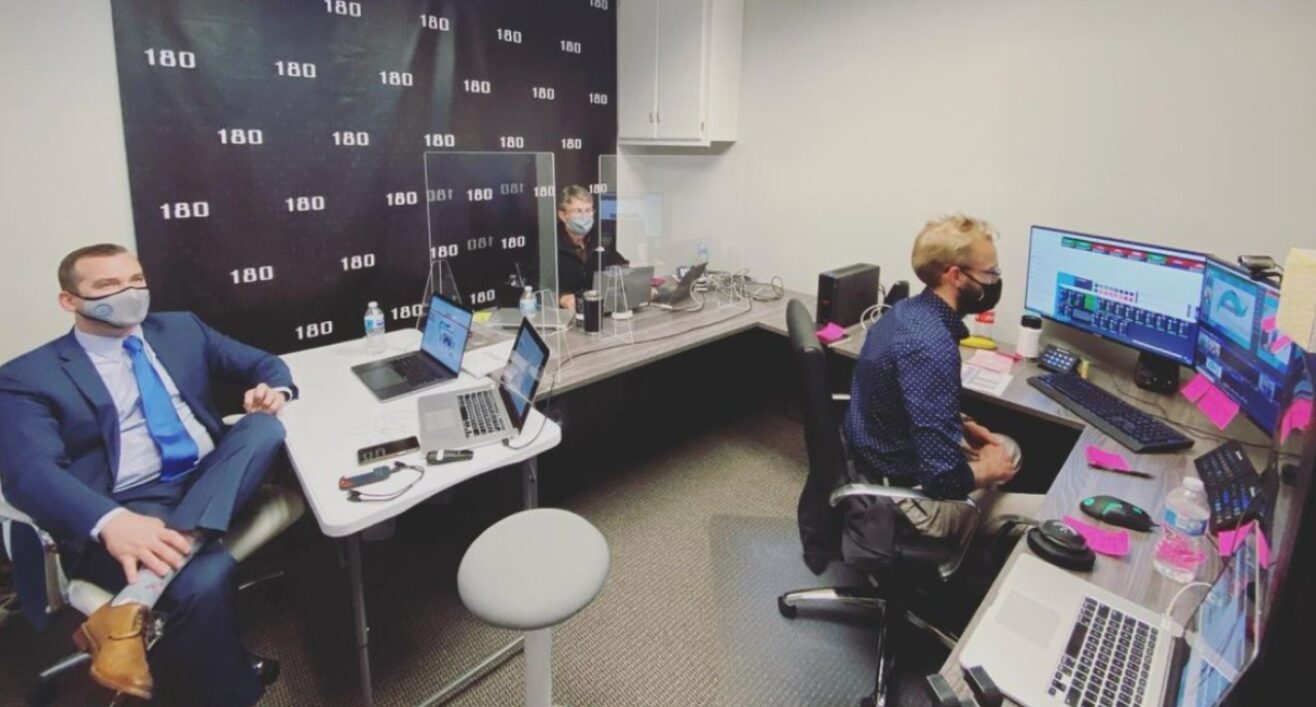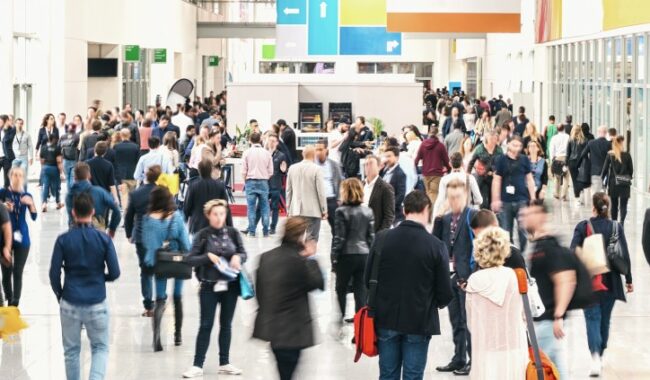Cautiously optimistic — that’s how most of us in the meetings and events industry and our clients have felt about the return of in-person gatherings over the past several months. As we headed into summer this year, we were hopeful they’d be back in full force sooner rather than later thanks to the COVID vaccine and a decline in cases.
Just a few short weeks ago, my team at The 180 Group was back on the road doing site inspections and ramping up for a busy fall schedule filled with in-person events. But we couldn’t predict the recent rise of variants and how our world would be affected once again.
Not all, but most of those in-person events our clients had planned for this fall are now virtual, and it’s very likely that we as an industry will be doing virtual events into the start of 2022. Though we have multiple in-person events planned for 2022, some corporations are pulling back their in-person plans in order to prioritize safety and save on costs. And while it may initially feel like a gut punch to our clients, hotel and travel partners and to our profession, we will continue to be incredibly resilient and will rise to the challenge. Since virtual events will remain the primary vehicle for meetings in our industry for the time being, let’s take this opportunity to reset our mindsets and make virtual get-togethers even more relevant and compelling for our clients and their audiences.
Let’s continue to refrain from thinking about virtual events as in-person events done remotely. While stunning sets, dynamic speakers and vibrant presentations are all important, audiences are dealing with the reality of “Zoom fatigue.” Study after study has proven people simply get burned out when sitting in a video conference for hours on end, and the last thing someone wants to do these days is to watch a speaker talking in a box or over a PowerPoint for too long.
To balance that, let’s start developing our virtual meetings and events like live television broadcasts and movie productions. We can engage audiences with different scenes, change camera angles and lighting backgrounds and layer augmented reality technology to make them more energetic and entertaining. We don’t necessarily have to create an action-adventure, but we do need to create a virtual environment that is interesting — more like a news broadcast. Graphics, animations, music and seamless transitions can go a long way to making a virtual event stand out.
With that, there’s a reason that great movies and TV shows take several months to make. With proper prep time — three months at minimum — and investment, the right team of creative producers, graphic artists and A/V talent can build a virtual event that elevates a client’s content, is tailored to their audiences and wows instead of wanes. At The 180 Group, we spend a considerable amount of time getting to know our clients’ audiences so we can deliver experiences that are relevant to them, take into account their expectations, likes, dislikes and incorporate ways to surprise them.
Let’s also give audiences their much-needed time back. Even if we create the most compelling virtual environments, people will tune out if they have to tune in for eight straight hours. We shouldn’t expect them to devote the entire day to staring at their screens. We should instead redesign the agenda and produce shorter, two- to three-hour meetings or events, which are further broken down into 10-20 minute bursts. Start off first thing in the morning with a leadership message, marketing updates and workshops, and then by 10 or 11 a.m., allow the audience to get back to their everyday work or lives. Virtual events should energize an audience, not drain them.
And let’s acknowledge that audiences could be struggling right now. It’s important that we pay attention to how stressed, frustrated and exhausted people are feeling these days. This past summer, audiences were looking forward to meeting in person, traveling and feeling safe again, but now, they’re having to continue to log in instead of fly in. That doesn’t mean our clients need to apologize for having more virtual events, but it does mean they can thank their audiences for their adaptability and the work they’ve done to get them here, then get them excited for what’s in store. Acknowledging what baggage the audiences may be carrying into the conferences and events can help us create even more meaningful and memorable experiences.
When virtual events replaced in-person events back in March 2020 because of the pandemic, we weren’t necessarily experts. Now, we are. Let’s take what we’ve learned and write the next and even better chapter of events for ourselves, our clients and our audiences.


